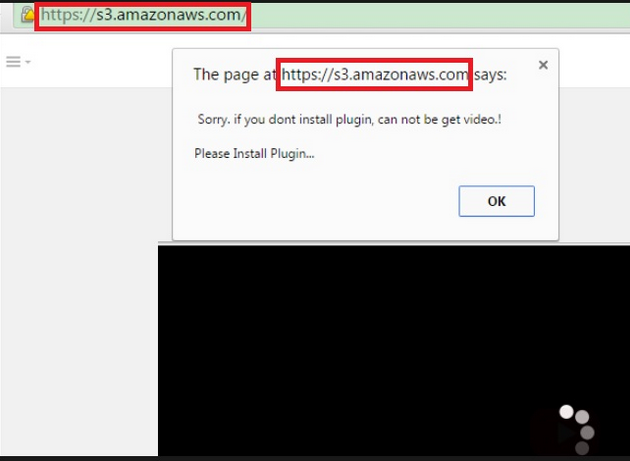What is the Amazon Loyalty Program POP-UP Scam
Amazon Loyalty Program POP-UP Scam refers to a common scam that promises great prizes if users fill in a survey. These Amazon Loyalty Program scams are very common, and most users will have encountered them many times if they do not have an adblocker extension. They claim that users have been chosen to participate in a survey about Amazon usage, and if they fill it in, they will receive a price (e.g. an iPhone 14). The goal of these Amazon Loyalty Program POP-UP scams is to steal users’ personal information. The stolen information can be used by the scam operators themselves or sold to other malicious actors. Either way, the stolen information will be used against users to either steal their money or get significantly more personal information.
A typical Amazon Loyalty Program POP-UP Scam looks like this:
Amazon loyalty program
Congratulations!
Today, 13 July 2023, you have been chosen to participate in our survey. It will only take you a minute and you will get amazing prizes: Apple iPhone 14 Pro!
Like every Thursday, we offer amazing prizes to 10 users. Today’s prize is an Apple iPhone 13 Pro! Only 10 lucky users will be winners!
This survey aims to improve the quality of service for our users and your participation will be rewarded 100%.
You only have 0 minutes and 00 seconds, to answer this survey!
Hurry up, the number of prizes available is limited
The scam pop-up is made to look like it came from Amazon. It has the Amazon logo and uses the same colors/themes as you would find on legitimate Amazon. However, the scam is quite obvious. First of all, Amazon does not host these kinds of giveaways. Second, if Amazon were to do some kind of survey about its services, it would try to reach potential participants via official channels (e.g. email). It certainly would not show users random pop-ups that appear seemingly out of nowhere. It’s worth mentioning that Amazon is not the only company whose name is used in these types of scams. You can commonly encounter Google and Facebook giveaways as well. The companies themselves have nothing to do with these scams, their names are merely misused.
If you were to engage with the Amazon Loyalty Program POP-UP scam, you would be asked to answer a couple of generic questions (e.g. whether you’re male or female). Once you answer the questions, you will be redirected to a page that informs you that you’ve won the prize. If you scroll down, you will see fake comments from users claiming that they won the prize and received it despite initially believing the whole thing to be a scam. These fake comments are meant to prove to users that the giveaway is legitimate.
After you are informed that you’ve won, the pop-up will ask you to fill in your details so that Amazon can supposedly send you the prize. You would then be asked to provide your full name, phone number, email address, and home address. If you fill in this information, the details would then be sent directly to the malicious actors operating this scam. What they do with the data from there on depends on the scammers. Some may compile the data and sell it on hacker forums for other malicious actors to use, while others may the data themselves.
It’s also quite common for these types of giveaway scams to ask for a small prize delivery fee. While it’s usually only around $2-5, if enough users fall for it, scammers could make a significant amount of money. Furthermore, they could also try to steal payment card details when asking for these payments.
Once your data is out there, there’s not much you can do. The only thing you can do is be extra careful with unsolicited emails and phone calls. Malicious actors would likely send you phishing emails and potentially call you to trick you and steal your money. If you’ve revealed your payment card information, you need to immediately contact your bank and cancel the card before any unauthorized purchases are made.
Why am I redirected to the Amazon Loyalty Program POP-UP Scam?
In most cases, users are redirected to Amazon Loyalty Program POP-UP and similar giveaway scams while browsing certain websites. There are plenty of questionable websites that trigger all kinds of ads when you click on anything. For example, sites that have pornographic and/or pirated content are prone to bombarding users with these types of ads all the time. Fortunately, this issue is easily fixable with a good adblocker program. Adblockers can block these pop-ups from popping up altogether or at least close them immediately.
If you keep seeing these ads constantly, even when visiting previously safe sites, your computer may be infected with adware. Adware is a relatively minor infection that aims to expose users to as much advertising content as possible. These types of infections are usually installed via the software bundling method. The way it works is infections like adware are added to free programs as extra offers and permitted to install alongside without requiring explicit permission from users. To avoid installing adware and similar infections accidentally, you need to use Advanced (Custom) settings during program installation. Advanced settings will display all added offers and give you the option to deselect them. Always deselect all offers that come attached to the program.
Amazon Loyalty Program POP-UP Scam removal
To remove Amazon Loyalty Program POP-UP Scam all you need to do is close the pop-up window. To prevent these pop-ups from appearing in the future, simply install an adblocker program and have it enabled, particularly when browsing high-risk websites. It may also be a good idea to scan your computer with an anti-virus program, in case the pop-ups are triggered by an adware infection.
Offers
Download Removal Toolto scan for Amazon Loyalty Program POP-UP ScamUse our recommended removal tool to scan for Amazon Loyalty Program POP-UP Scam. Trial version of provides detection of computer threats like Amazon Loyalty Program POP-UP Scam and assists in its removal for FREE. You can delete detected registry entries, files and processes yourself or purchase a full version.
More information about SpyWarrior and Uninstall Instructions. Please review SpyWarrior EULA and Privacy Policy. SpyWarrior scanner is free. If it detects a malware, purchase its full version to remove it.

WiperSoft Review Details WiperSoft (www.wipersoft.com) is a security tool that provides real-time security from potential threats. Nowadays, many users tend to download free software from the Intern ...
Download|more


Is MacKeeper a virus? MacKeeper is not a virus, nor is it a scam. While there are various opinions about the program on the Internet, a lot of the people who so notoriously hate the program have neve ...
Download|more


While the creators of MalwareBytes anti-malware have not been in this business for long time, they make up for it with their enthusiastic approach. Statistic from such websites like CNET shows that th ...
Download|more
Quick Menu
Step 1. Uninstall Amazon Loyalty Program POP-UP Scam and related programs.
Remove Amazon Loyalty Program POP-UP Scam from Windows 8
Right-click in the lower left corner of the screen. Once Quick Access Menu shows up, select Control Panel choose Programs and Features and select to Uninstall a software.
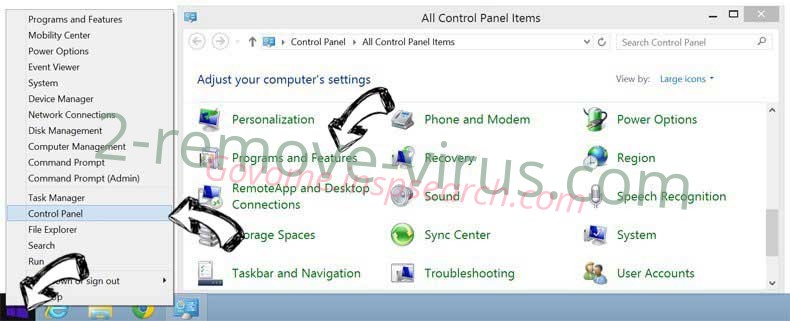

Uninstall Amazon Loyalty Program POP-UP Scam from Windows 7
Click Start → Control Panel → Programs and Features → Uninstall a program.
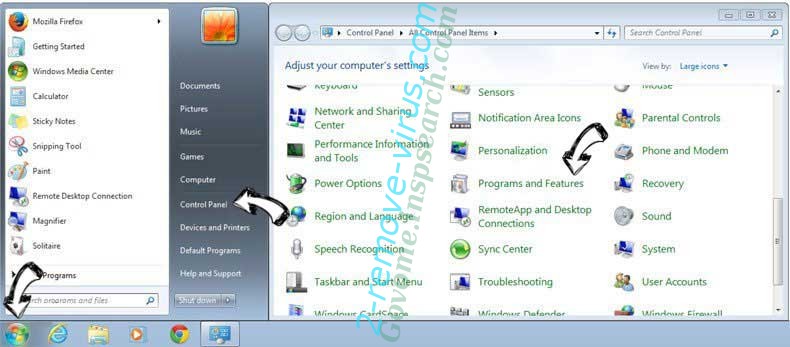

Delete Amazon Loyalty Program POP-UP Scam from Windows XP
Click Start → Settings → Control Panel. Locate and click → Add or Remove Programs.
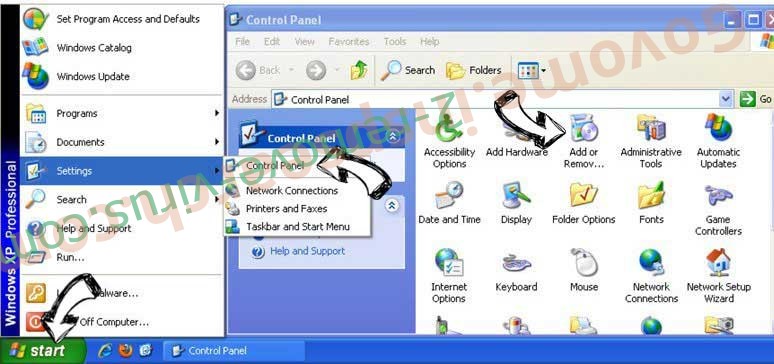

Remove Amazon Loyalty Program POP-UP Scam from Mac OS X
Click Go button at the top left of the screen and select Applications. Select applications folder and look for Amazon Loyalty Program POP-UP Scam or any other suspicious software. Now right click on every of such entries and select Move to Trash, then right click the Trash icon and select Empty Trash.
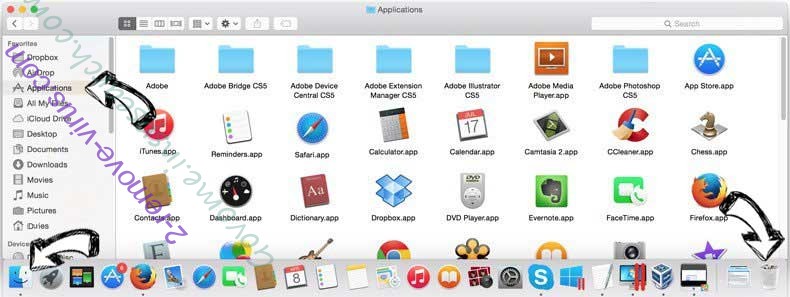

Step 2. Delete Amazon Loyalty Program POP-UP Scam from your browsers
Terminate the unwanted extensions from Internet Explorer
- Tap the Gear icon and go to Manage Add-ons.

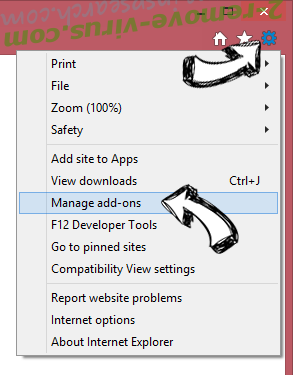
- Pick Toolbars and Extensions and eliminate all suspicious entries (other than Microsoft, Yahoo, Google, Oracle or Adobe)

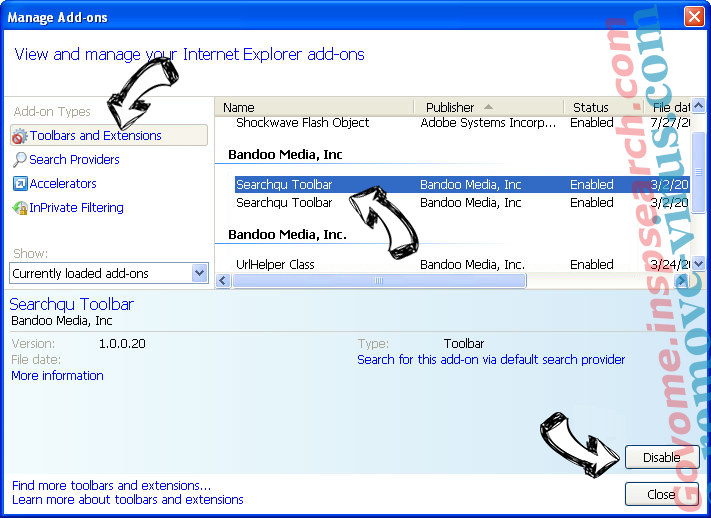
- Leave the window.
Change Internet Explorer homepage if it was changed by virus:
- Tap the gear icon (menu) on the top right corner of your browser and click Internet Options.

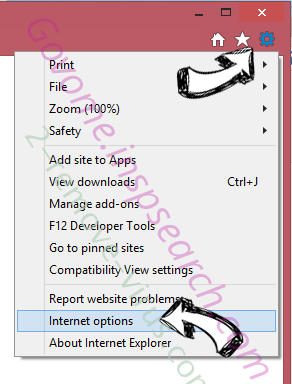
- In General Tab remove malicious URL and enter preferable domain name. Press Apply to save changes.

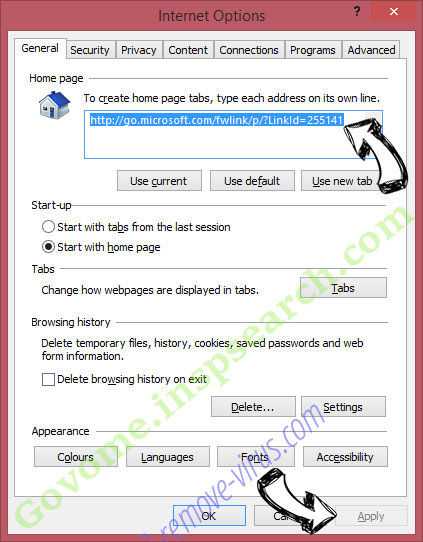
Reset your browser
- Click the Gear icon and move to Internet Options.

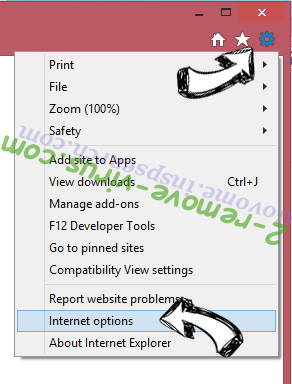
- Open the Advanced tab and press Reset.

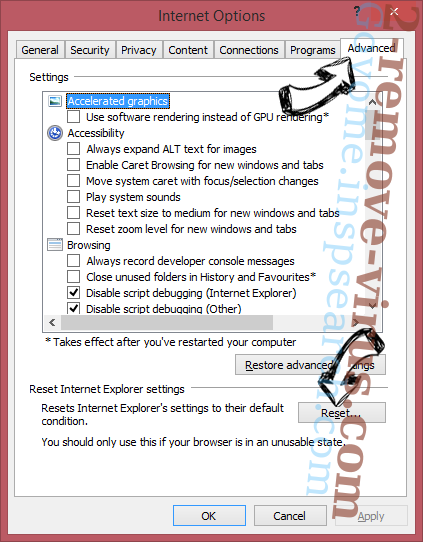
- Choose Delete personal settings and pick Reset one more time.

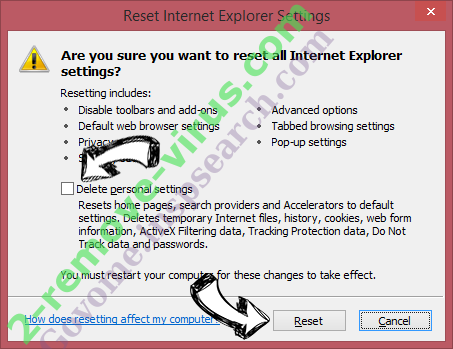
- Tap Close and leave your browser.

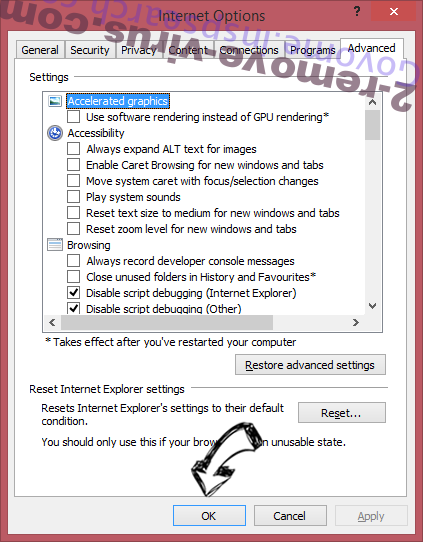
- If you were unable to reset your browsers, employ a reputable anti-malware and scan your entire computer with it.
Erase Amazon Loyalty Program POP-UP Scam from Google Chrome
- Access menu (top right corner of the window) and pick Settings.

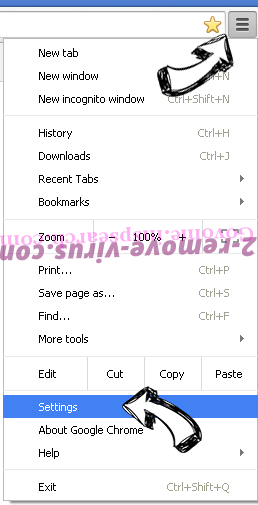
- Choose Extensions.

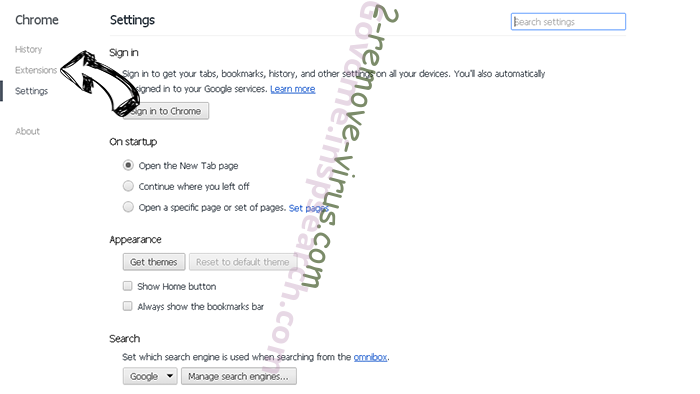
- Eliminate the suspicious extensions from the list by clicking the Trash bin next to them.

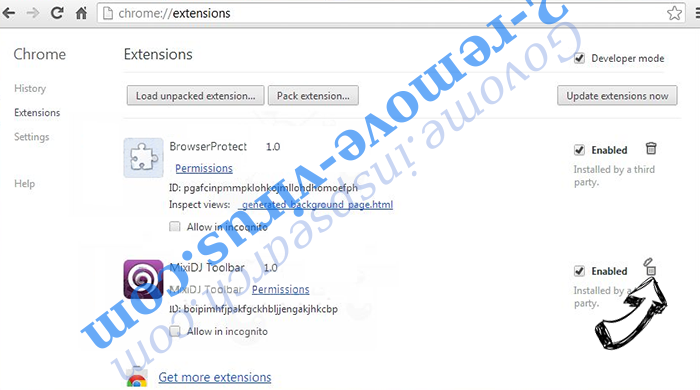
- If you are unsure which extensions to remove, you can disable them temporarily.

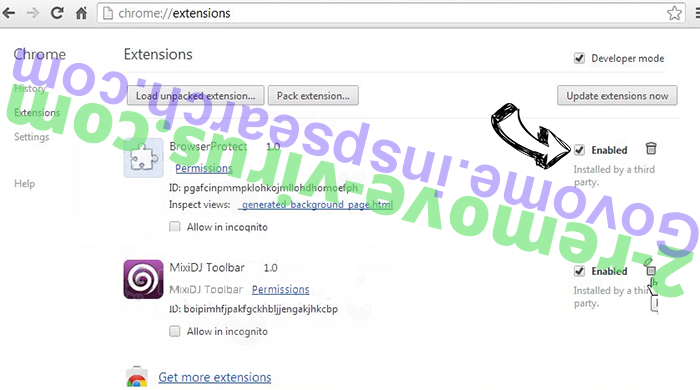
Reset Google Chrome homepage and default search engine if it was hijacker by virus
- Press on menu icon and click Settings.

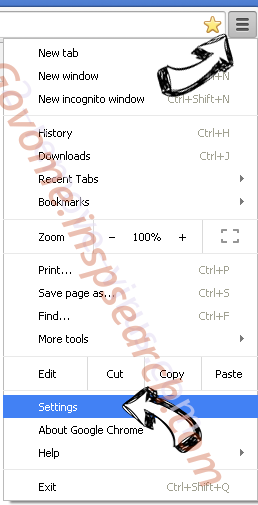
- Look for the “Open a specific page” or “Set Pages” under “On start up” option and click on Set pages.

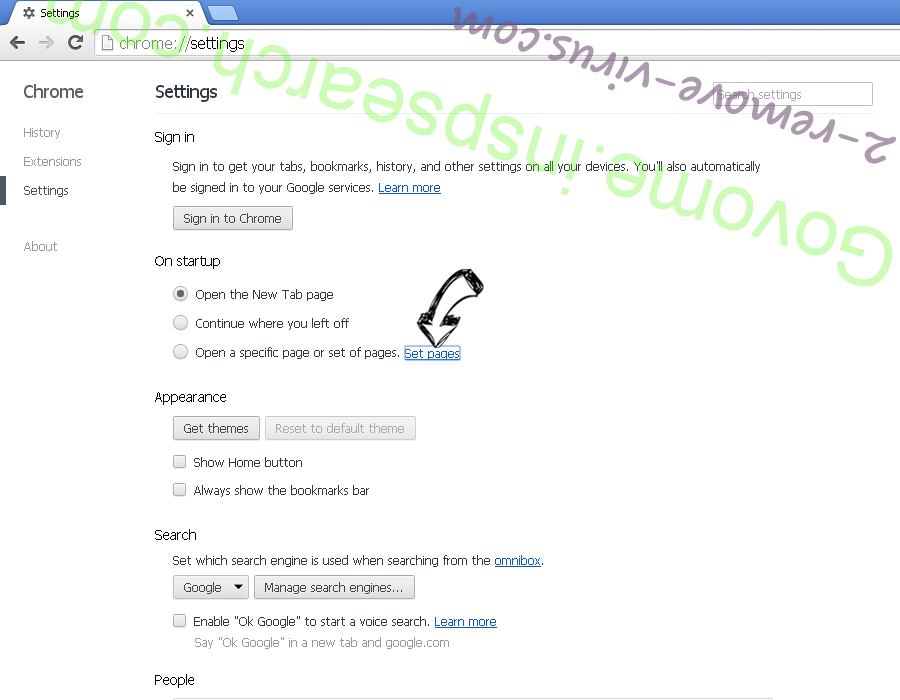
- In another window remove malicious search sites and enter the one that you want to use as your homepage.

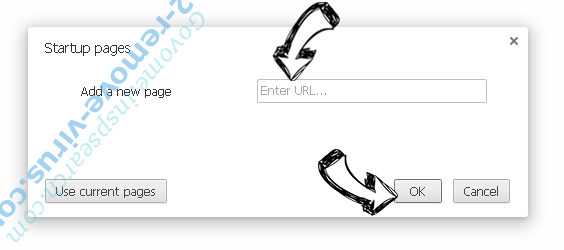
- Under the Search section choose Manage Search engines. When in Search Engines..., remove malicious search websites. You should leave only Google or your preferred search name.

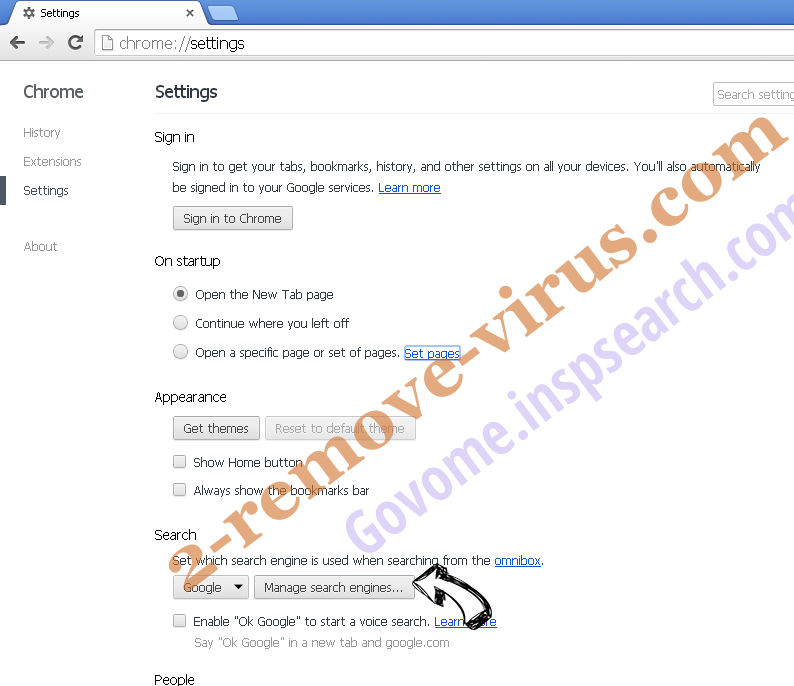

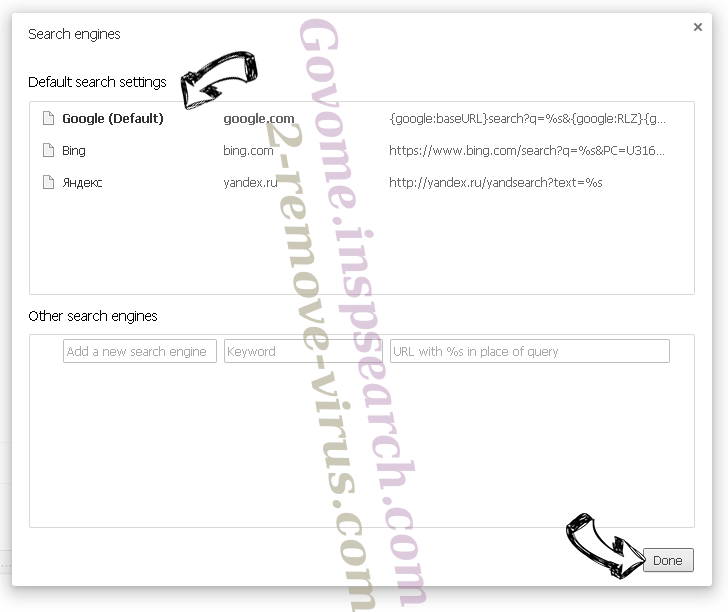
Reset your browser
- If the browser still does not work the way you prefer, you can reset its settings.
- Open menu and navigate to Settings.

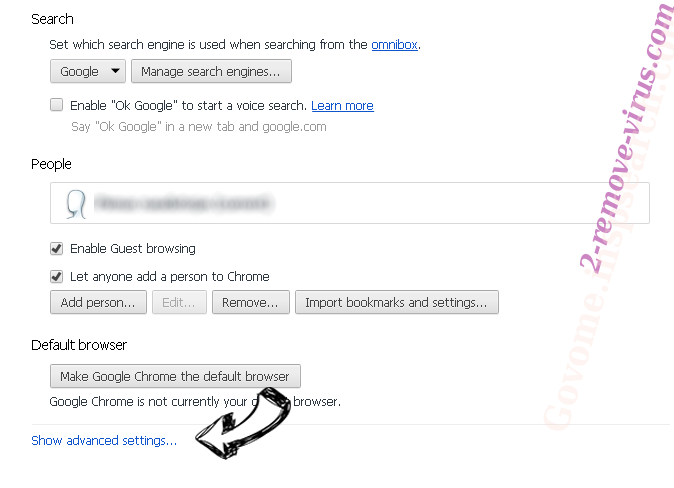
- Press Reset button at the end of the page.

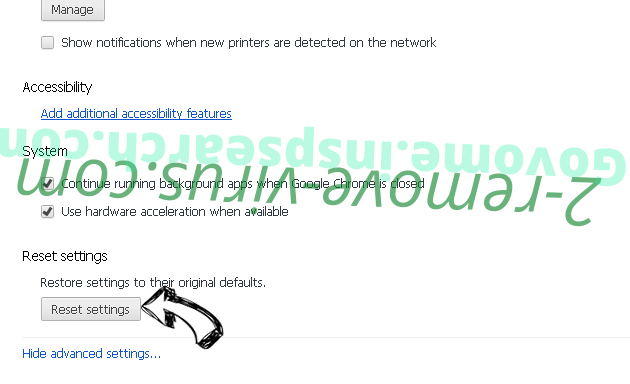
- Tap Reset button one more time in the confirmation box.

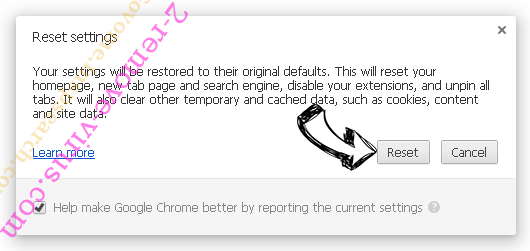
- If you cannot reset the settings, purchase a legitimate anti-malware and scan your PC.
Remove Amazon Loyalty Program POP-UP Scam from Mozilla Firefox
- In the top right corner of the screen, press menu and choose Add-ons (or tap Ctrl+Shift+A simultaneously).

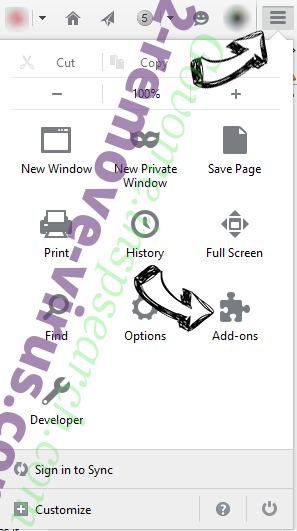
- Move to Extensions and Add-ons list and uninstall all suspicious and unknown entries.

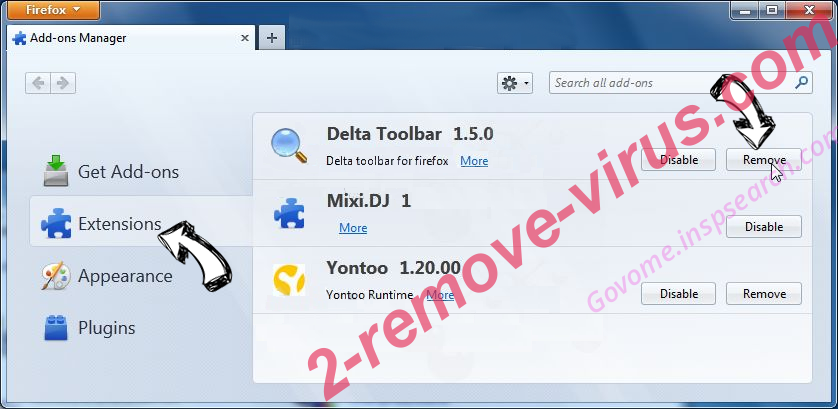
Change Mozilla Firefox homepage if it was changed by virus:
- Tap on the menu (top right corner), choose Options.

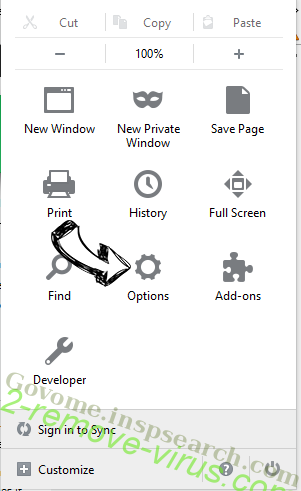
- On General tab delete malicious URL and enter preferable website or click Restore to default.

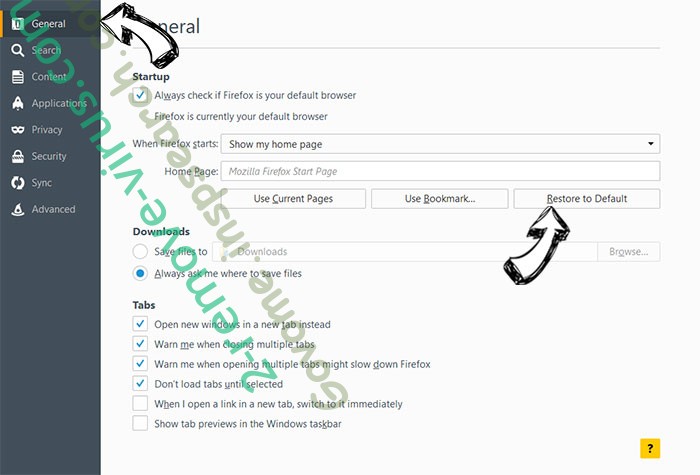
- Press OK to save these changes.
Reset your browser
- Open the menu and tap Help button.

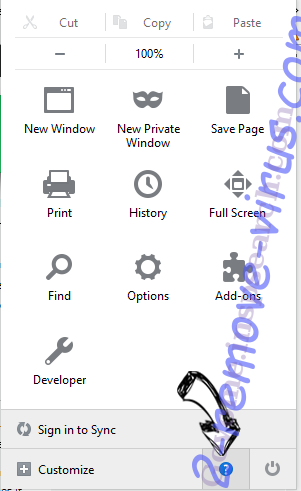
- Select Troubleshooting Information.

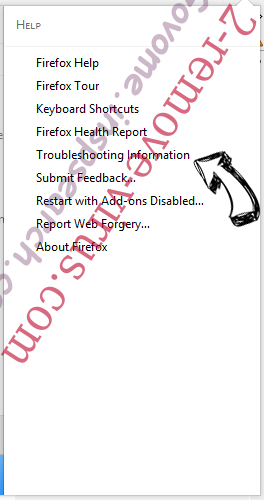
- Press Refresh Firefox.

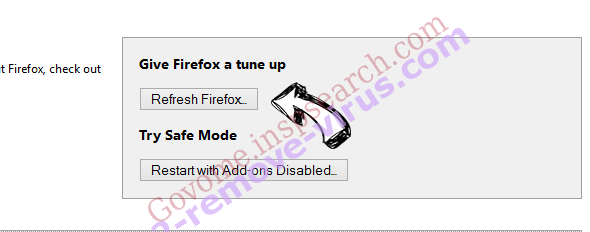
- In the confirmation box, click Refresh Firefox once more.

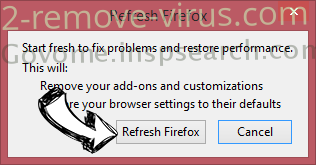
- If you are unable to reset Mozilla Firefox, scan your entire computer with a trustworthy anti-malware.
Uninstall Amazon Loyalty Program POP-UP Scam from Safari (Mac OS X)
- Access the menu.
- Pick Preferences.

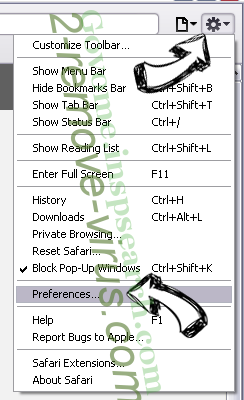
- Go to the Extensions Tab.

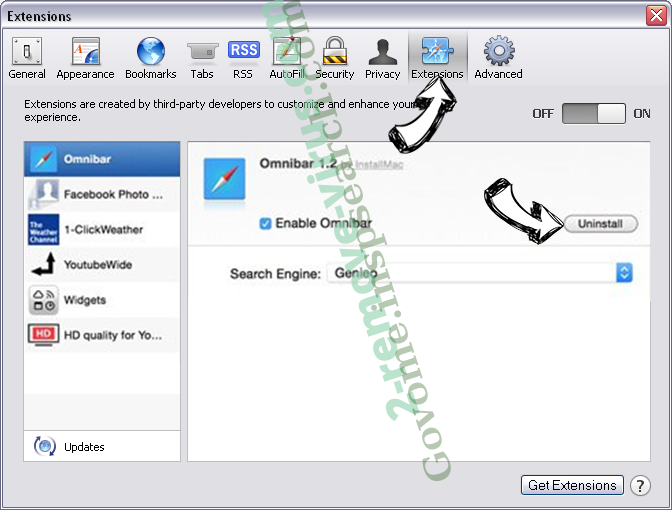
- Tap the Uninstall button next to the undesirable Amazon Loyalty Program POP-UP Scam and get rid of all the other unknown entries as well. If you are unsure whether the extension is reliable or not, simply uncheck the Enable box in order to disable it temporarily.
- Restart Safari.
Reset your browser
- Tap the menu icon and choose Reset Safari.

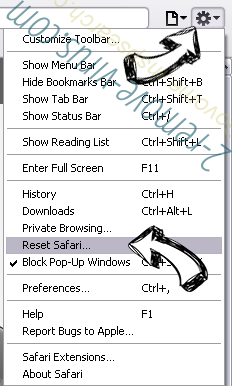
- Pick the options which you want to reset (often all of them are preselected) and press Reset.

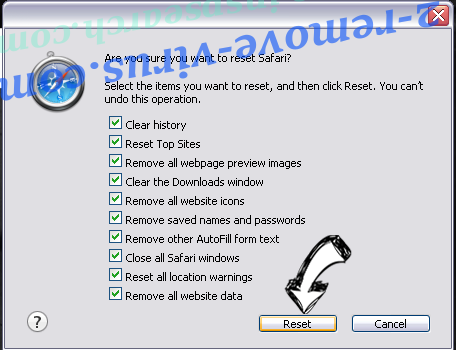
- If you cannot reset the browser, scan your whole PC with an authentic malware removal software.
Incoming search terms:
Site Disclaimer
2-remove-virus.com is not sponsored, owned, affiliated, or linked to malware developers or distributors that are referenced in this article. The article does not promote or endorse any type of malware. We aim at providing useful information that will help computer users to detect and eliminate the unwanted malicious programs from their computers. This can be done manually by following the instructions presented in the article or automatically by implementing the suggested anti-malware tools.
The article is only meant to be used for educational purposes. If you follow the instructions given in the article, you agree to be contracted by the disclaimer. We do not guarantee that the artcile will present you with a solution that removes the malign threats completely. Malware changes constantly, which is why, in some cases, it may be difficult to clean the computer fully by using only the manual removal instructions.

